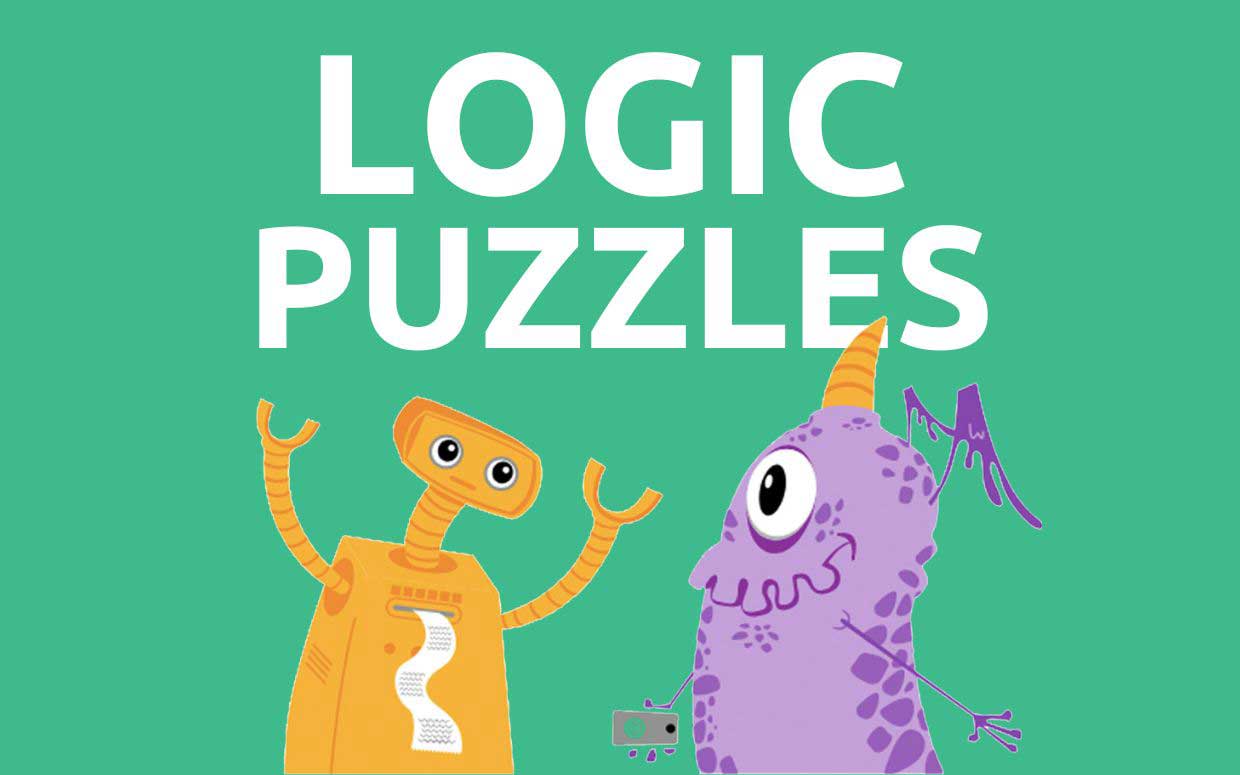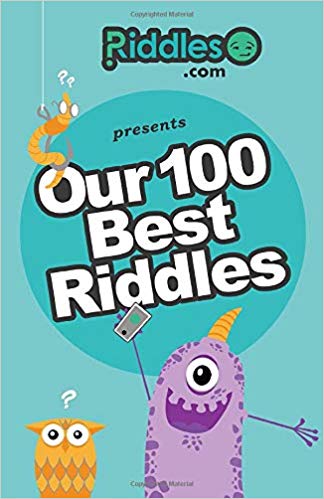
Riddle:
A large truck is crossing a bridge 1 mile long. The bridge can only hold 14000 lbs, which is the exact weight of the truck. The truck makes it half way across the bridge and stops. A bird lands on the truck. Does the bridge collapse?
Answer: No, it does not collapse. Because it has driven a half mile - you would subtract the gas used from the total weight of the truck.
Riddle:
Jack had only $2, but he needed $3 for his cab fare home. He went to a pawn shop and pawned his $2 for $1.50. Jack then bumped into Don and told him that he would sell him his $2 pawn ticket for $1.50. Don agreed. Jack started out with $2 and he ended up with $3. Who is out the extra dollar and why?
Answer: Don is out the extra dollar. Before the pawn broker will return the $2 to the ticket holder, he will want the $1.50 which he advanced returned to him. Don will give the pawn broker the ticket and the $1.50, and the pawn broker will then return the $2.
Riddle:
Use all letters of this sentence once each only to spell out three animals.
'TALL ELEPHANT OR APEMAN'
What are the three animals?
Answer: PANTHER, ANTELOPE, LLAMA
Riddle:
How many times does the long hand of the clock pass the short hand between midnight one day and midnight the following day? As both hands are together at the starting time of midnight this does not count as a pass.
Answer: 21.
Riddle:
DEFENDING, CALMNESS, SIGHING, CANOPY and STUMBLE. What do these words have in common?
Answer: They each have 3 letters in common. CA NOP Y.
Riddle:
Find four numbers, the sum of which is 45, so that if 2 is added to the first number, 2 is subtracted from the second number, the third number is multiplied by 2 and the fourth number is divided by 2, then the four numbers so produced are all the same. What are the four numbers?
Answer: 8 + 2 = 10
12 - 2 = 10
5 x 2 = 10
20 ÷ 2 = 1045
Riddle:
What have these words in common?
ASPIRATED GRANGERS PRELATES SWINGERS CHASTENS
Answer: All can be diminished by one letter (from begining and end alternately) forming a new word each time.
Riddle:
A forest exists somewhere on Earth. This forest has no life except for trees. After a storm, a tree was hit by lightning and falls.
What sound would it make?
Answer: None. Sound does not exist if it is unheard.
Riddle:
Suppose you want to send in the mail a valuable object to a friend. You have a box which is big enough to hold the object. The box has a locking ring which is large enough to have a lock attached and you have several locks with keys. However, your friend does not have the key to any lock that you have. You cannot send the key in an unlocked box since it may be stolen or copied. How do you send the valuable object, locked, to your friend - so it may be opened by your friend?
Answer: Send the box with a lock attached and locked. Your friend attaches his or her own lock and sends the box back to you. You remove your lock and send it back to your friend. Your friend may then remove the lock she or he put on and open the box.
Riddle:
The following numbers share a unique property: 1691, 1961, 6009, 6119, 6699, 6889, 8118. What is it?
Answer: Each number reads the same when viewed upside down.
Riddle:
A dog had three puppies, named Mopsy, Topsy and Spot. What was the mothers name?
Answer: What
Riddle:
Five hundred begins it, five hundred ends it, Five in the middle is seen; First of all figures, the first of all letters, Take up their stations between. Join all together, and then you will bring Before you the name of an eminent king. Who am I?
Answer: DAVID (Roman numerals)
Riddle:
Sally, Lisa, and Bernadette are triplets. But Sally and Lisa share something that Berandette does not. What is it?
Answer: The letter L in their names.
Riddle:
As a whole, I am both safe and secure. Behead me, and I become a place of meeting. Behead me again, and I am the partner of ready. Restore me, and I become the domain of beasts.
What am I?
Answer: Stable.
Riddle:
Some cogs are tigs. All tigs are bons. Some bons are pabs. Some pabs are tigs. Therefore, cogs are definitely pabs.--- TRUE or FALSE?
Answer: False. Some cogs may be pabs, but not definitely all of them.
Riddle:
A woman who lives in new york legally married three men, she did not get divorce, get an enollment, or legally seperate.
How is this possible?
Answer: She is a minister.
Riddle:
A Queen has twins by Caesarean section so it's impossible to tell who was born first. Now the twins are adults and ready to rule. One is intensely stupid, while the other is highly intelligent, well-loved, and charismatic. Yet the unintelligent one is chosen as the next ruler.
Why?
Answer: He is a male.
Riddle:
Fred is listening to the raido when it suddenly stops playing. Nobody is with Fred and nobody touches the radio. A few seconds later, the radio resumes playing.
How can this be?
Answer: Fred was driving his car through a tunnel.
Riddle:
I have ten or more daughters. I have less than ten daughters. I have at least one daughter. If only one of these statements is true, how many daughters do I have?
Answer: If I have any daughters, there will always be two statements which are true. Therefore, I have no daughters.

